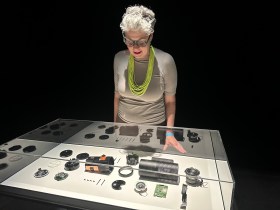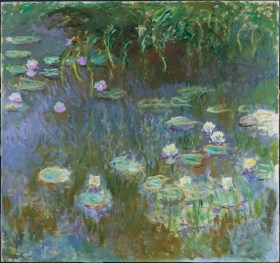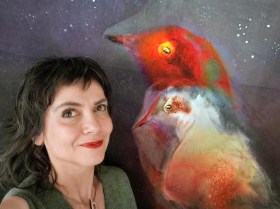Going to art school may not be an option to you – maybe it is financially restrictive, you are regionally-based and just don’t have access, or are weighted by other demands dampening your dream.
An inspiring conversation with Baylee Griffin gives hope that you can embrace your passion through alternative routes.
Griffin is a ceramic artist based in Townsville, and also President of the North Queensland Potters Association, at the studios of which they now also teach. ArtsHub caught with Griffin during a recent visit to Townsville, and was even guided by them to take a spin on the wheel as we chatted.






